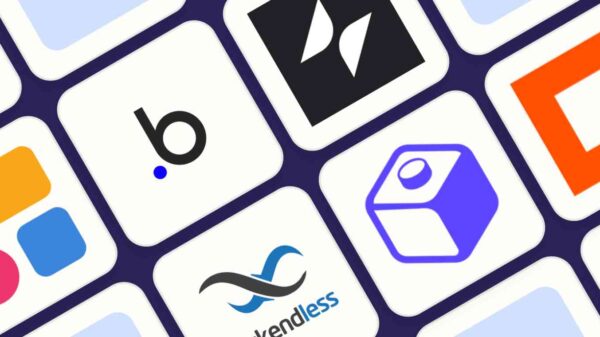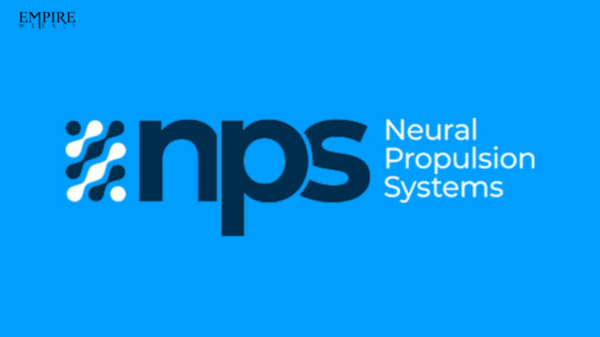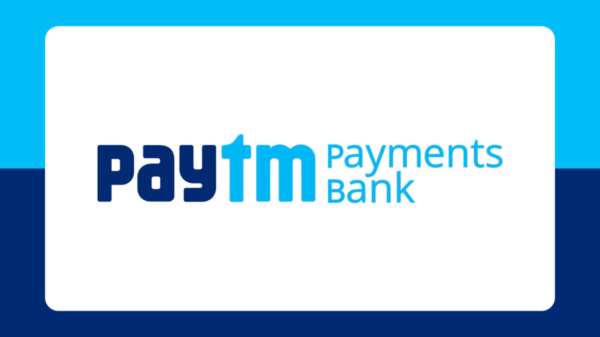Code Coding or computer programming is the language through which we communicate with computers. Code tells a computer what actions to take, and writing code is like creating a set of instructions, and much like we speak different languages such as coding has different languages to and each with its perks.
Coding can also be termed as the process of building software and software runs almost everything, every website you visit behind the scenes there’s an application precisely curated using codes, every single application on your phone, every video game you play was created with code.
By learning to write code, you can present your ideas and vision digitally by instructing computers what to do or when to do or under which condition to do. You can use this skill to make websites, applications, process data, and this list just go on.

But with new technologies coming out often in such a fast-paced and ever-changing industry, it can quickly get confusing for beginner coders.
To tackle this situation what we can do is follow this particular learning approach while learning how to code,
- Instead of just focusing on learning a specific technology, we should go for learning the foundations/fundamentals i.e., data science and algorithms because the foundations are the same for all of them with some differentiation, we have different programming languages each with its unique features and capabilities in existence.
- The second approach is to peel back the layers of abstraction to get to know the underlying principles that all these technologies have in common.
Understanding what coding is at a fundamental level and having an idea of what happens behind the scene will make solving problems much easier and will give you a better understanding of how these technologies work underneath the hood.
Programming languages are of different types and these are as follows,
Low-level language
This refers to the language of 0s and 1s. They run very fast as the processor runs low-level programs directly without the need for a compiler or interpreter. It has two types: –
1. Machine Language
Easy to read and is normally displayed in binary or hexadecimal form (base 16) form.
2. Assembly language
It presents a set of instructions in a symbolic and human-understandable form. An assembler is used to convert the assembly language to machine language.
Assembly Language is slower as compared to Machine Language. However, it is very fast when compared to High-Level Programming Languages.
High-level language
1. POP (Procedural Oriented Programming)
Third-generation programming language derived from structured programming and emphasizes the procedure call concept. It divides a program into small procedures called routines or functions and follows a top to bottom approach.
Ex: – Basic, Fortran, C, Pascal, and COBOL.
2. OOP (Object Oriented Programming)
In this programming language, programs are divided into small parts called objects which are then used to apply real-world entities like polymorphism, abstraction, etc. into the program to make the program efficient, and easy to use.
Ex: – Java, Python, C++, C#, JavaScript, and PHP.
3. Functional Programming Language
It is a style of programming where functions are treated and used just like variables. Therefore, Functional Programming Language is also known as the First-Class Function.
In Functional Programming, the data is immutable, which means that once the data is created, it cannot be changed and we have to create a separate variable rather than changing the old one.
Ex: -Scala, Python, Swift, etc.
4. Problem-Oriented Programming Language
Known as Fourth Generation Programming Language (4GL) or Result Oriented Programming Language where priority is given to data.
Here, you can directly insert or retrieve the result or data without caring about the procedural or getting into the actual complexity of the program.
Ex: – FORTRAN, Cobol, Pascal, etc.
5. Scripting Programming Language
Used to perform automation or repetitive task with the help of scripts.
Unlike, other Programming Languages, Scripting Languages are Run-Time Programming Languages and Web Automation or Web Scripting is one of the applications of Scripting Language.
Ex: – PowerShell, Git bash, etc.
Codes or Programming languages or anything that you call them is nothing less than magic and the ability that it provides us with is just unmatchable, without codes aka modern-day magic spells this world would be unimaginable.





































Pingback: 10 tech trends of 2022 – Empire Weekly